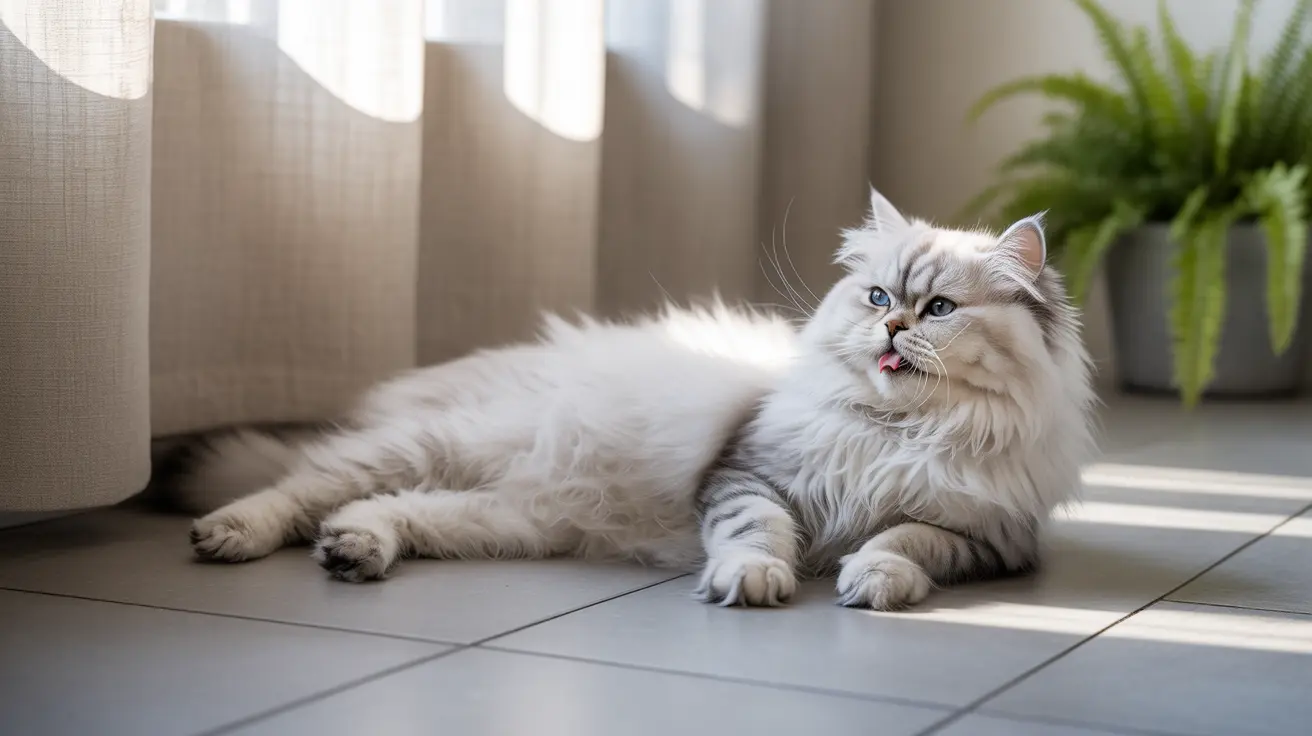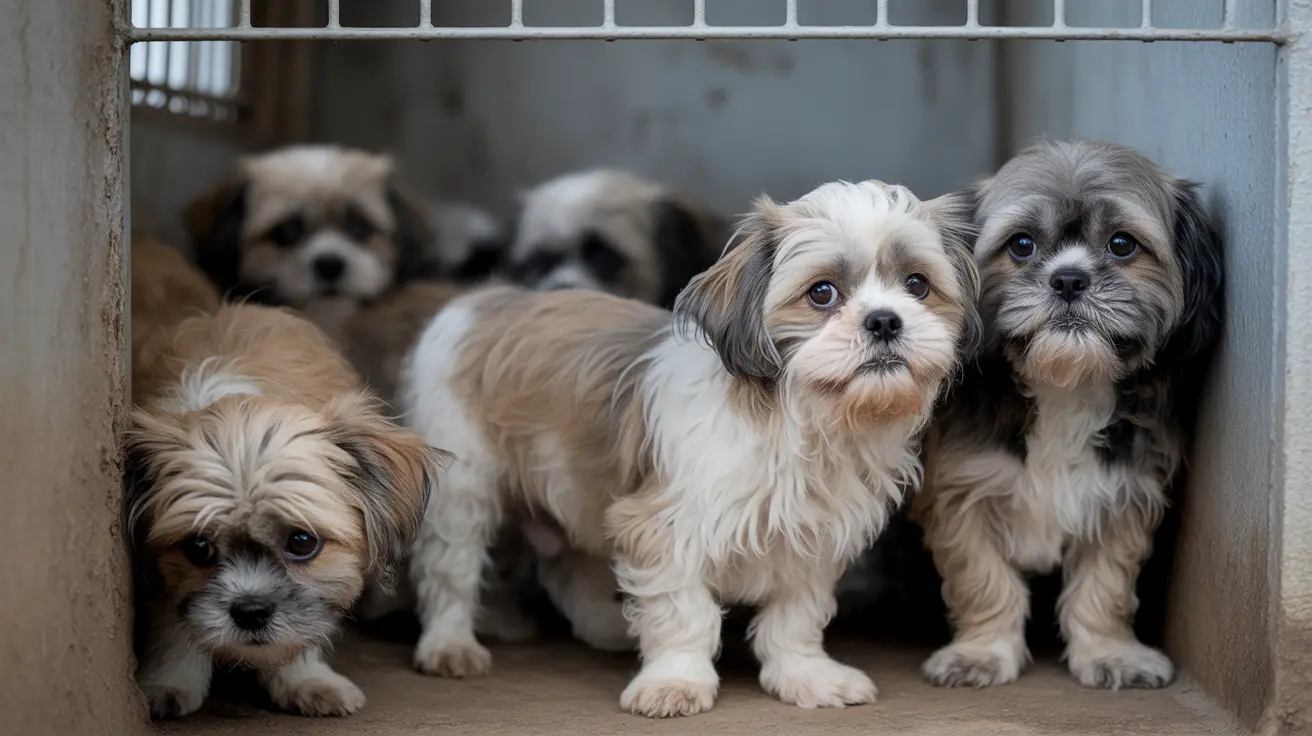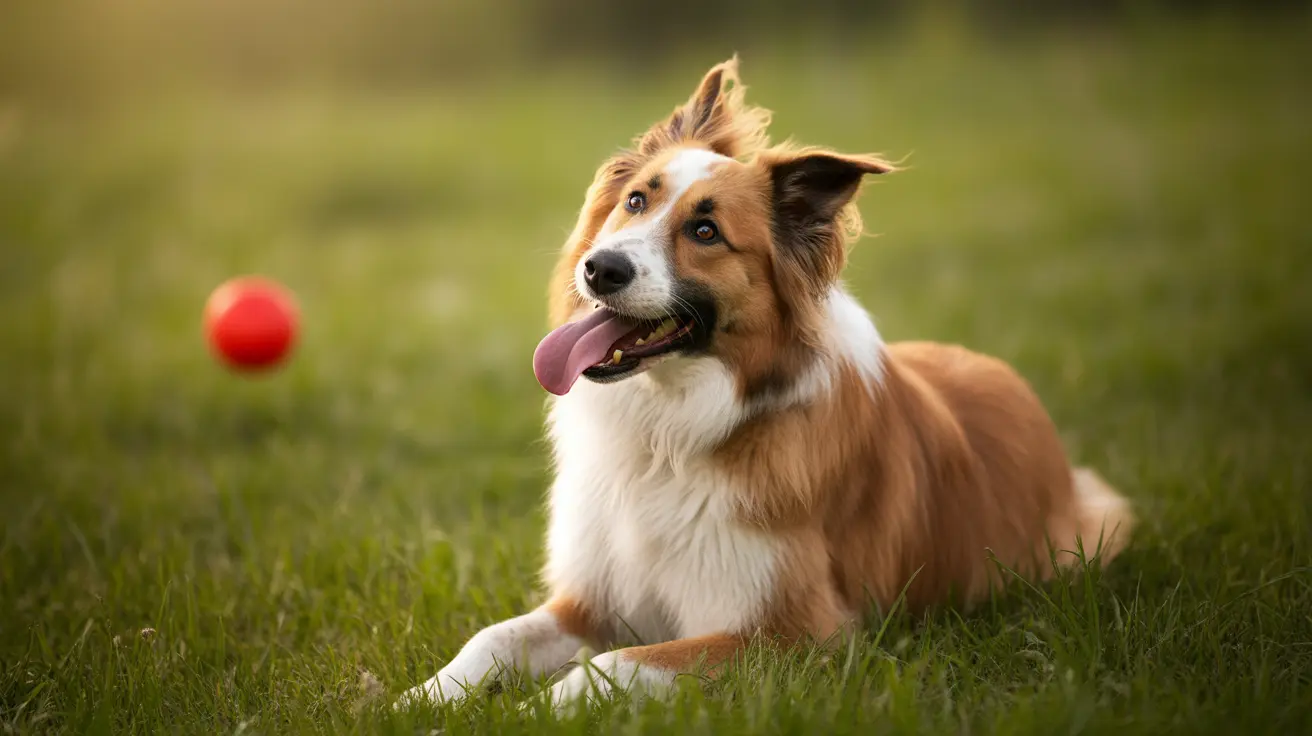Recognizing Heatstroke in Cats Signs and Treatment: A Complete Guide to Protecting Your Feline Friend
As temperatures soar during summer months, many cat owners wonder how well their feline companions can handle the heat. While cats are generally more heat-tolerant than dogs, they can still suffer from life-threatening heatstroke when exposed to extreme temperatures. Understanding the signs of heatstroke in cats and knowing how to respond quickly can mean the difference between life and death for your beloved pet.
Heatstroke in cats is a serious medical emergency that occurs when a cat's body temperature rises above 104°F (40°C), causing a significant inflammatory response throughout the body that can affect every major organ system. Unlike dogs, cats don't routinely pant to cool themselves, making it more challenging for owners to recognize when their feline friend is in distress. This comprehensive guide will help you identify the warning signs, understand proper treatment protocols, and learn essential prevention strategies to keep your cat safe during hot weather.
Understanding Heatstroke in Cats: The Basics
Heatstroke represents a critical failure of your cat's natural temperature regulation system. When a cat's body temperature exceeds 104°F (40°C), it triggers a cascade of dangerous physiological changes that can rapidly lead to organ failure and death. The condition causes significant inflammatory responses throughout the body, affecting the brain, kidneys, liver, heart, and other vital organs.
What makes heatstroke particularly dangerous in cats is how quickly it can progress. The condition can develop within just 20-30 minutes of heat exposure, leaving a narrow window for intervention. Unlike heat exhaustion, which occurs when body temperature reaches 103-104°F and can often be managed at home, full heatstroke requires immediate veterinary care to prevent permanent organ damage or death.
Early Warning Signs: Heat Exhaustion vs. Heatstroke
Recognizing the difference between heat exhaustion and heatstroke is crucial for determining the appropriate level of response. Heat exhaustion represents the early stage when your cat's temperature is around 103-104°F, while heatstroke occurs when temperatures exceed 104°F.
Signs of Heat Exhaustion
During the heat exhaustion phase, cats typically exhibit the following behaviors and symptoms:
- Seeking cooler areas around the house
- Light panting or rapid breathing
- Increased grooming to promote evaporative cooling
- Sweaty paw pads
- Increased water consumption
- Mild drooling
- Restlessness or mild anxiety
Critical Heatstroke Symptoms
When heatstroke develops, the symptoms become much more severe and require immediate emergency intervention:
- Heavy panting or labored breathing
- Disorientation and confusion
- Dark red or brick-colored gums and tongue
- Excessive drooling
- Vomiting or diarrhea (possibly containing blood)
- Seizures or trembling
- Collapse or inability to stand
- Pinpoint bleeding spots on skin or mucous membranes
- Coma in severe cases
Cats at Higher Risk: Identifying Vulnerable Felines
While any cat can develop heatstroke under extreme conditions, certain cats face significantly higher risks and require extra vigilance during hot weather. Understanding these risk factors helps you provide appropriate protection for vulnerable felines.
Breed-Related Risk Factors
Flat-faced (brachycephalic) breeds such as Persians, Exotic Shorthairs, and Himalayans are particularly susceptible to heatstroke. Their compressed airways make it more difficult for them to cool themselves effectively through breathing, putting them at greater risk even in moderately warm conditions.
Age-Related Vulnerabilities
Both very young and senior cats face increased heatstroke risks. Kittens under four months old have immature temperature regulation systems, while senior cats may have reduced ability to cope with temperature changes due to age-related physiological changes and potential underlying health conditions.
Health and Physical Condition Factors
Several health and physical factors can increase a cat's susceptibility to heatstroke:
- Obesity, which impairs heat dissipation
- Kidney disease or diabetes
- Heart or respiratory conditions
- Neurological disorders
- Dehydration or electrolyte imbalances
Immediate First Aid: How to Cool Your Cat Safely
When you suspect your cat is experiencing heatstroke, immediate action is essential. However, it's crucial to cool your cat gradually to avoid shock, which can be just as dangerous as the heatstroke itself.
Step-by-Step Cooling Protocol
Follow these steps to safely cool an overheated cat while preparing for veterinary care:
- Move to a cool environment: Immediately relocate your cat to an air-conditioned room or shaded, well-ventilated area away from direct heat sources.
- Apply cool, damp cloths: Use cool (not ice-cold) damp towels on your cat's abdomen, ears, and paw pads. These areas have blood vessels close to the surface, making cooling more effective.
- Provide gentle air circulation: Use a fan to create air movement around your cat, which aids evaporative cooling.
- Offer small amounts of water: If your cat is alert and able to drink, provide small quantities of cool water. Never force water into an unconscious or disoriented cat's mouth.
- Monitor continuously: Keep close watch on your cat's condition while implementing cooling measures.
What to Avoid During Cooling
Certain cooling methods can actually harm your cat and should be avoided:
- Ice packs or ice baths, which can cause shock
- Covering the entire body with wet towels, which can trap heat
- Forcing water consumption
- Over-cooling, which can cause hypothermia
When to Seek Veterinary Care
While first aid measures are important, heatstroke requires professional veterinary treatment. Contact your veterinarian or emergency clinic immediately if your cat shows any signs of heatstroke. Even if your cat appears to improve with cooling measures, veterinary evaluation is essential to assess for organ damage and provide appropriate supportive care.
Professional Treatment Protocols
Veterinary treatment for heatstroke typically includes:
- Intravenous fluids to restore hydration and help normalize body temperature
- Careful temperature monitoring to prevent overcooling
- Blood tests to assess organ function and detect complications
- Oxygen therapy if breathing is compromised
- Medications to prevent seizures and reduce brain swelling
- Plasma transfusions in severe cases with bleeding complications
- Antibiotics to prevent or treat sepsis
Prevention Strategies: Keeping Your Cat Cool and Safe
The best approach to heatstroke is prevention. By implementing comprehensive cooling strategies and environmental modifications, you can significantly reduce your cat's risk of heat-related illness.
Creating a Cool Indoor Environment
Maintaining a comfortable indoor temperature is your first line of defense against heatstroke:
- Use air conditioning or fans to maintain temperatures below 80°F (26°C)
- Provide multiple cool, shaded resting areas throughout your home
- Ensure adequate ventilation in all rooms
- Consider cooling mats designed specifically for pets
- Keep curtains or blinds closed during the hottest parts of the day
Hydration and Nutrition Management
Proper hydration plays a crucial role in heat regulation:
- Provide fresh, cool water in multiple locations
- Consider water fountains to encourage drinking
- Add wet food to your cat's diet for additional moisture
- Monitor water consumption and refill bowls frequently
- Avoid feeding large meals during the hottest parts of the day
Outdoor Safety Considerations
If your cat spends time outdoors, implement these safety measures:
- Limit outdoor access during peak heat hours (10 AM to 4 PM)
- Ensure access to shaded areas at all times
- Provide outdoor water sources in shaded locations
- Consider keeping cats indoors during heat advisories
- Never leave cats confined in vehicles, even with windows cracked
Special Considerations for High-Risk Cats
Cats with increased vulnerability to heatstroke require additional protective measures and closer monitoring during warm weather. Flat-faced breeds, senior cats, kittens, and those with underlying health conditions need customized care plans.
Managing Brachycephalic Breeds
Flat-faced cats require extra vigilance and may need air conditioning even in moderately warm weather. Consider limiting their activity during warm periods and ensuring they have access to cool resting areas at all times.
Care for Senior Cats and Kittens
Both very young and older cats may need assistance staying cool and hydrated. Monitor them more closely during warm weather and consider moving them to the coolest rooms in your house during heat waves.
Recovery and Follow-Up Care
Most cats with mild to moderate heatstroke recover fully with prompt treatment. However, recovery requires careful monitoring and may involve ongoing veterinary care to ensure no lasting organ damage has occurred.
After discharge from veterinary care, your cat may require medications such as antibiotics or gastrointestinal protectants. Follow-up appointments and blood work are often recommended to monitor kidney and liver function, as these organs are particularly susceptible to heat damage.
Cats that have experienced heatstroke may be more susceptible to future episodes and require extra precautions during subsequent hot weather periods.
Frequently Asked Questions
Q: Can indoor cats get heatstroke?
Yes, indoor cats can develop heatstroke if exposed to high temperatures without adequate cooling or ventilation. This can occur in homes without air conditioning during heat waves, in poorly ventilated rooms, or if cats are accidentally trapped in warm areas like laundry rooms.
Q: How quickly can heatstroke develop in cats?
Heatstroke can progress rapidly in cats, sometimes within just 20-30 minutes of heat exposure. This makes early recognition of symptoms and immediate intervention crucial for your cat's survival.
Q: Is panting always a sign of heatstroke in cats?
While panting is a serious clinical sign in cats since they don't routinely pant like dogs, it can also indicate stress, anxiety, or other medical conditions. However, any panting in a cat warrants immediate attention, especially during hot weather.
Q: What temperature is too hot for cats?
While cats can tolerate temperatures starting from around 80°F (26°C), they become at risk for heat-related illness when temperatures exceed 90°F (32°C), especially if humidity is high or they lack access to shade and water.
Q: Should I give my cat ice water if they're overheated?
No, ice water can actually be harmful to an overheated cat as it can cause shock. Offer cool (not cold) water in small amounts, and only if your cat is alert and able to drink voluntarily.
Q: How do I know if my cat has recovered from heat exhaustion?
Signs of recovery include normal breathing patterns, seeking normal activity levels, eating and drinking regularly, and maintaining normal body temperature. However, if your cat showed any signs of heatstroke, veterinary evaluation is still recommended even if they appear to recover.
Q: Can fans help cool cats during hot weather?
Yes, fans can help by promoting air circulation and evaporative cooling, especially when combined with other cooling methods like damp towels. However, fans alone may not be sufficient during extreme heat conditions.
Conclusion
Recognizing heatstroke in cats signs and treatment protocols is essential knowledge for any cat owner, particularly during increasingly common extreme weather events. By understanding the early warning signs of heat exhaustion and the critical symptoms of full heatstroke, you can respond quickly to protect your feline companion from this life-threatening condition.
Remember that prevention remains the most effective strategy against heatstroke. By maintaining cool indoor environments, ensuring adequate hydration, and taking extra precautions with high-risk cats, you can help your feline friend safely enjoy warm weather. When in doubt, always err on the side of caution and consult with your veterinarian, especially during heat waves or if your cat shows any signs of heat distress.






